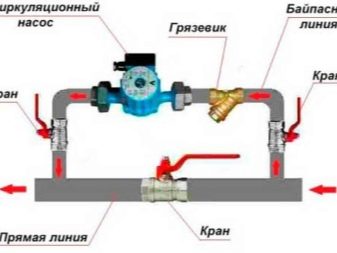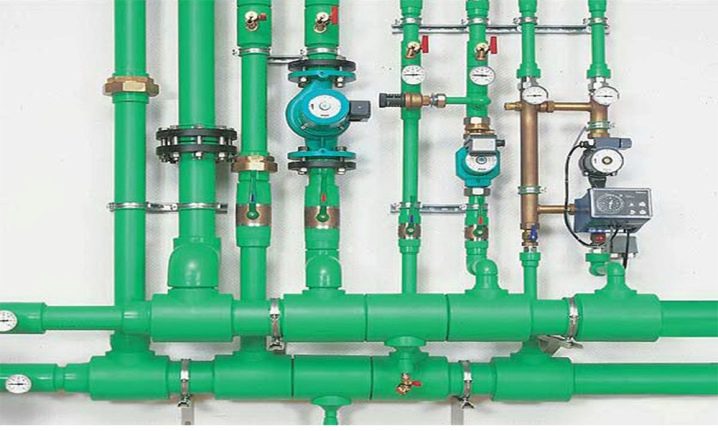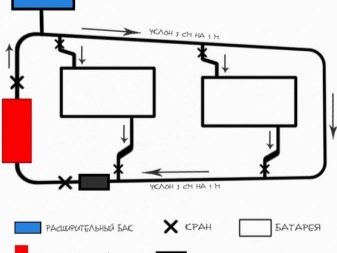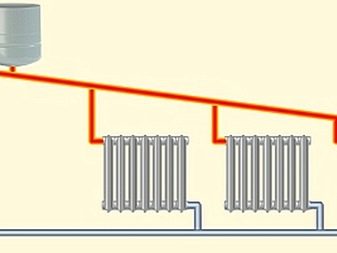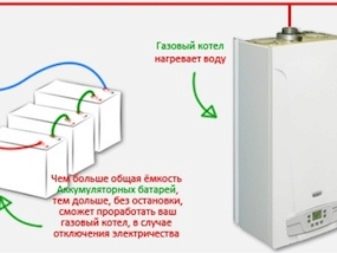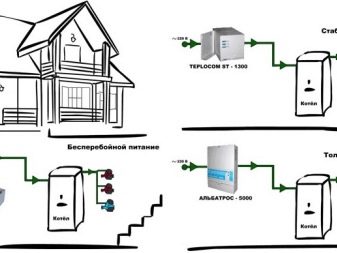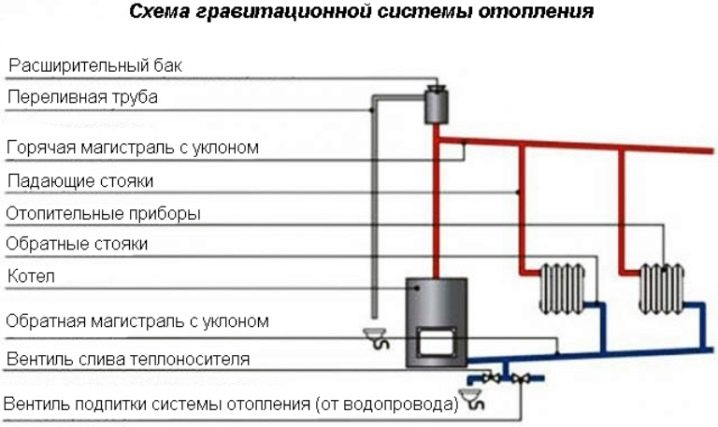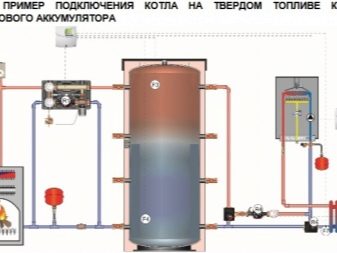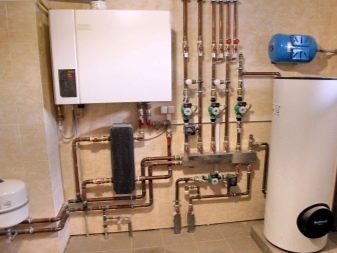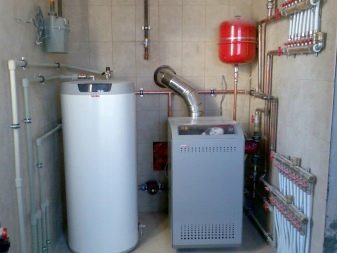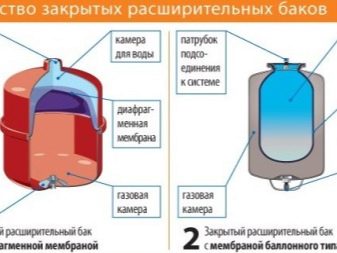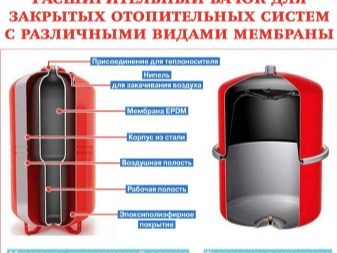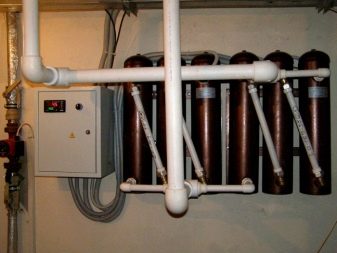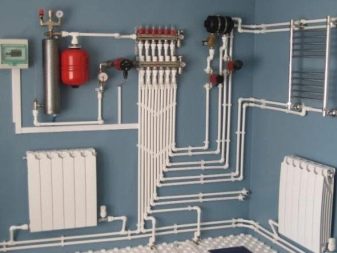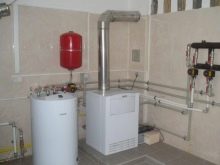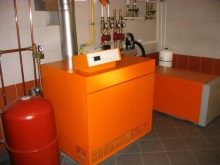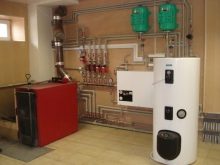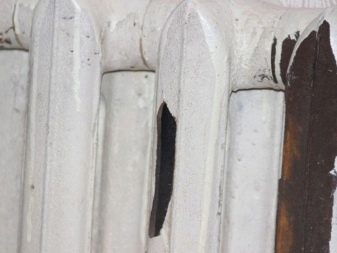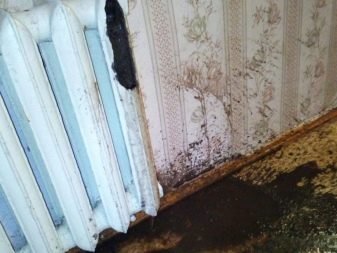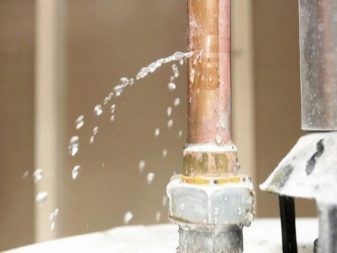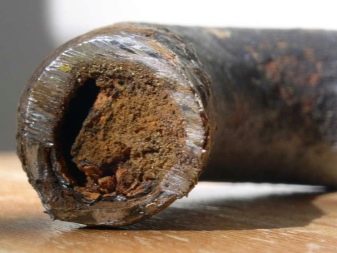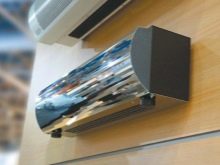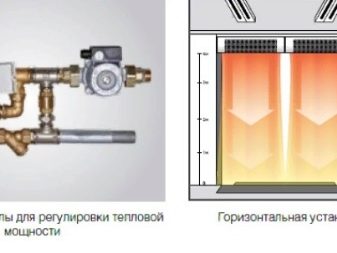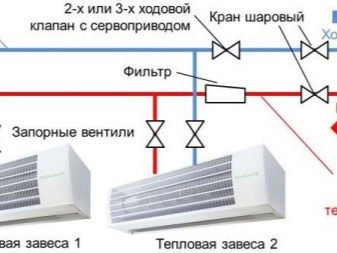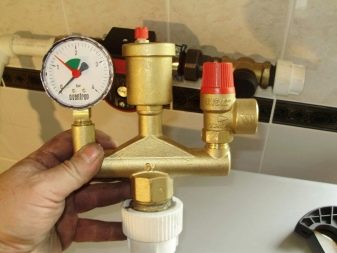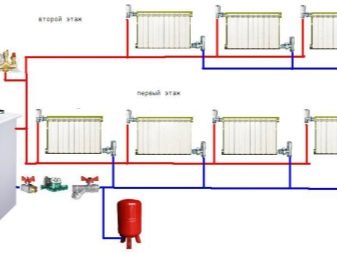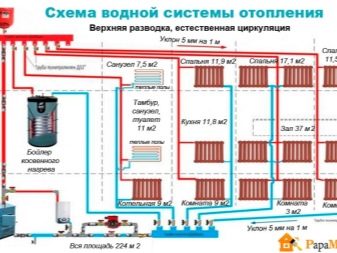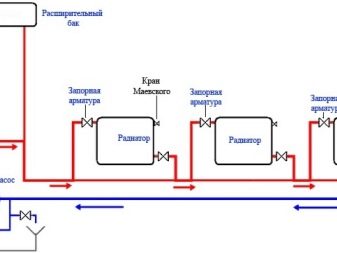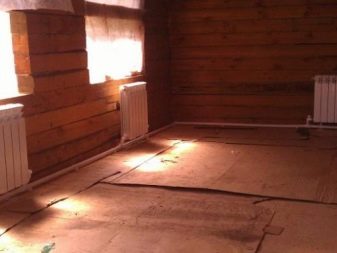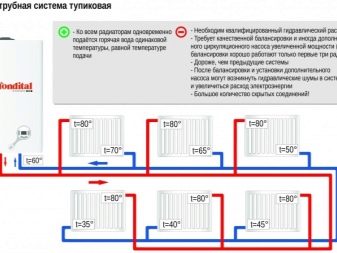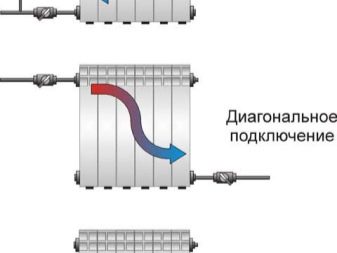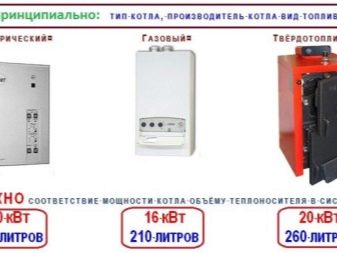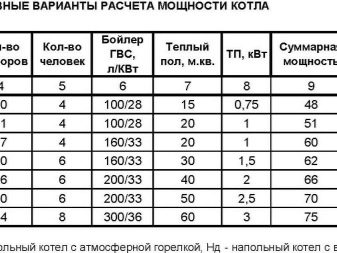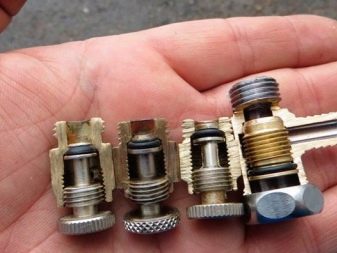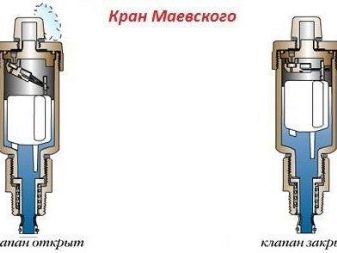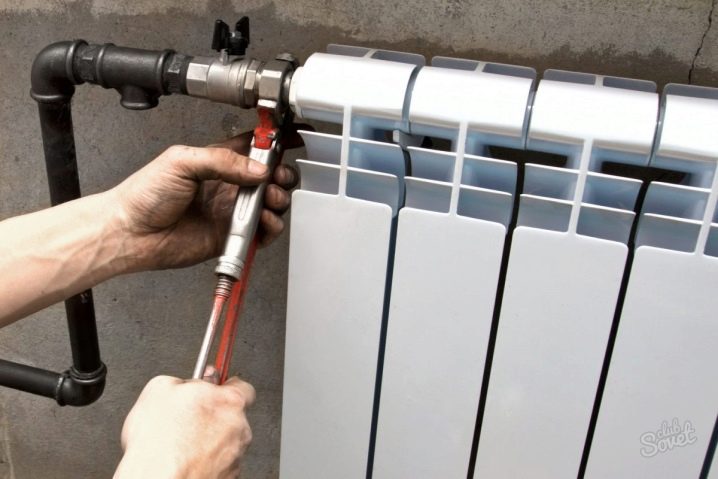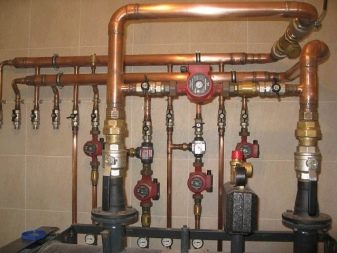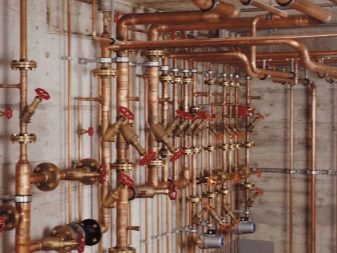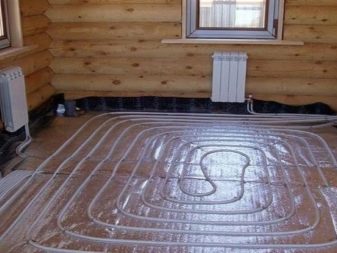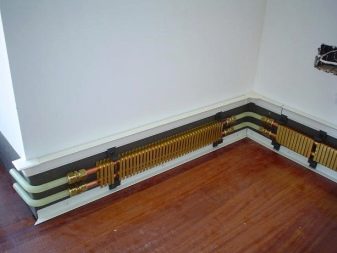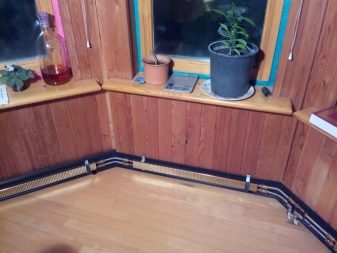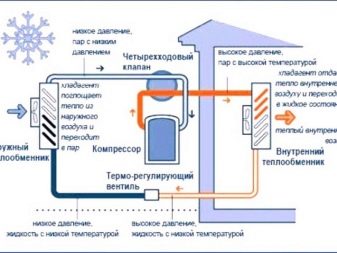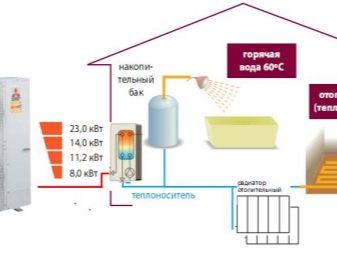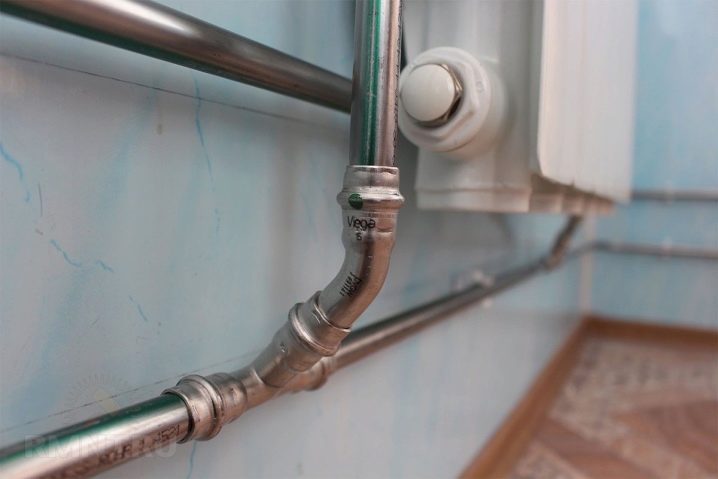Water heating: classification of systems and their installation
Heating of housing in Russia is an urgent need, and the farther to the north and east, the more relevant it is. This problem can be solved in various ways. The supply of heat is traditionally dominated by heated water, which has both positive and negative sides.
Special features
Water heating is usually performed as a closed system, which, in addition to the boiler, includes radiators and connecting two elements of the pipeline. But, of course, limited to only three key links is difficult, and in practice the system is much more complicated.
In addition to the listed devices, you should pay attention to the following elements:
- pumps that provide circulation (not in all systems, however, they are needed);
- safety equipment;
- regulating and locking parts;
- devices for drainage and drainage of fluid;
- units for emergency air bleeding.
As for the boilers themselves, the heating of water to the desired temperature is achieved through installations of various designs of unequal power. Fuel consumption varies quite widely. Pipes in water heating systems are placed both seamless and welded, the diameter of the steel channel reaches 50 mm. A mandatory requirement is the readiness to work under a pressure of 16 atmospheres and when heated to +250 degrees, such is the program of extreme tests. A typical circuit is divided into two streams: through the pipe at the outlet, the liquid flows into the radiators, and at the entrance to the boiler leads back oriented direction.
Kinds
Gravity systems
What kind of fuel was used, what kind of automation was used by the decision of the designers, water heating is clearly classified by the method of heat transfer. On the use of the natural mobility of the heated fluid is based on the action of gravity systems. The water, which received a portion of heat, rises through the cavity of the riser and then, feeling the pressure of the portions moving after it, moves into the radiators.After giving the resulting impulse to their walls, it passes into the pipes of the return circuit and pushes the water that has already managed to heat up from the boiler. Soon everything repeats again.
Natural circulation is most rational in small housesSince the installation of pumps and control equipment, current consumption significantly increases operating costs. But when it is necessary to heat a significant territory or overcome powerful hydrostatic resistance due to the complexity of the system geometry, it is advisable to choose forced circulation. Its essence is that the movement of water is forced and normalized by the operation of pumps connected to the return pipeline. Since there is a difference in fluid pressure between the circuits, it is in continuous motion. Stability and quality of work of such complexes are very high, but you have to pay for additional devices, for consumed electricity.
In addition, an additional 220 volt network segment must be installed according to all rules, and care must be taken in handling it.So that interruptions in the electrical network do not disrupt the normal operation of the heat supply, it is necessary to install emergency power sources and rely on their capacity to cover all possible cases. Heating devices give off heat not only to water, but also to antifreeze, which is increasingly used in modern technology. Its advantage is that, in principle, the risk of freezing the pipeline is eliminated. But we must not forget that the composition of antifreeze is a serious danger to people and animals.
Atmospheric type
Occasionally there is still open (atmospheric) type of water heating. A prerequisite for its normal operation is the presence of an expanding tank, through which air accumulations go outside. The gravity version requires very strong pipes and limits the amount of blocking valves. After all, every detail of this kind increases the hydraulic resistance and the risk of accumulation of air bubbles. The classification does not include air-local heating, but it is useful to mention it for comparison; as heat sources, not boilers, but heaters are used.
Of great importance in practice is the method of obtaining thermal energy. So, relatively practical gas heating is very expensive, and the gas supply pipes are not stretched everywhere. Even if they do exist, obtaining the necessary permits is an extremely tedious business for most people. Heat generators on coal, pellets, wood, liquid fuel require some training, constant attention. Without chimney circuits made according to a variety of rules, you can face serious problems, even with the risk of poisoning.
Electric heating
This type of heating is becoming increasingly popular. We are not talking about outdated circuits using reflectors and radiators. These devices, which are not efficient enough and spend a lot of energy, have long been pushed aside by boilers. The characteristics of such water heating are forced to use it strictly in artificial circulation. Even in the most favorable conditions, the natural course of water will provoke a significant loss of power and a corresponding increase in numbers on the meter.
Using a pump is much more economical; in addition, the performance of the entire system in a closed circuit with a membrane-type expansion tank helps reduce losses.The extender is always complemented by a special security group. A considerable part of the boilers is equipped with conventional heating elements, inserted into a frame impermeable to water. For this reason, the efficiency of systems is relatively low, and only devices in an electrode version can be worse. Such devices are compact and warm quickly, almost immune to jerks of current parameters.
But even these advantages, together with increased fire safety, do not allow us to consider the electrode boiler a universal solution. The electrolyte, acting as a coolant, must have a strictly specified composition without impurities. This requirement has only been violated, and all the positive aspects of this type of equipment are crossed out. Electrode boiler is almost impossible to automate, and all pipes will need to be cleaned regularly from the resulting salt deposits. Induction electric boilers use induced current in one of the circuits, which heats the liquid.
Heating occurs evenly, the energy costs are minimal and the efficiency is very high. For the most part induction boilers are made in the form of cylinders.Installation of such devices is simple, but it is better to consult with experts before choosing and placing them. Regardless of the type of boiler used, floor placement is practiced mainly due to excessive gravity and the impossibility of placing on the walls. However, if the walls themselves in the right place are just light partitions made of plasterboard or other material, it is the floor version that will be required.
Use of central heating
Another way is to connect to the central heating system. This allows not to stock up on any fuel and not to install additional devices that distribute water.
The use of central heating has the following disadvantages:
- it will be impossible to provide normal heating in case of failures on the highway or on the generating installation;
- hydraulic tests and accidents can lead to the destruction of pipes and radiators in the house;
- in cold hours, before the beginning of the heating season or after its completion, it will not be possible to warm the house in principle.
To complete the heating circuit (central or local) should thermal curtain.Even in a well-warmed private house, doorways, despite the insulation materials, become the entrance gates of frost.
Water curtain type surpasses electrical ones in resource conservation, and, like them, it can guarantee the following:
- exclusion of drafts;
- uniform distribution of heat in the house;
- blockade of penetration of exhaust gases and emissions, small insects and dust particles;
- house warming up;
- the ability to open doors and air the corridor without the risk of hypothermia;
- keeping cool on hot days.
The essence is simple - there is a powerful fan that accelerates air to high speed. He blocks the mixing of cold air from the street and the heated mass in the house. A prerequisite for the normal operation of the water curtain is the presence of central heating. Otherwise, preheating the required mass of water in the house itself is unnecessarily expensive. It is important to note that the installation of the water curtain is rather complicated, although it is justified by the subsequent profit.
In any water heating system low pressure may develop.Under conditions of normal operation of circulation pumps and with stable heat transfer, it helps to reduce the specific load on the connections. When the circuit operates in the natural circulation mode, the pressure is even less - and this only positively affects the service life of the components. But do not get too carried away, because at high pressure the boiling point of water also rises. And this makes it possible to mount stronger boilers, which is extremely important in a large house, especially against the backdrop of severe weather conditions.
Wiring diagram
In addition to the choice of the option of heating equipment, it is also important to organize the distribution of hot water, since it is from this that the stability of heat supply to the most remote corners depends. For a country house, the requirements are usually the same as for urban dwellings, since the laws of physics are the same everywhere. But for a two-story building you will have to put more effort into connecting than for a one-story house. Inevitably, the calculation of lifting the fluid to an increased height is added, and it is also quite difficult to implement it in practice.
Choosing a heating system for a two-story house, you have to understand many options, such as:
- with two pipes or with one circuit;
- with the organization of the wiring above or below;
- with natural or forced circulation;
- with horizontal or vertical risers;
- with the main type of wiring coolant or dead-end design.
It is recommended to choose in any case such a scheme that will be able to work itself, without the participation of people due to the built-in automation. The single pipe version of the Leningradka system allows you to save money and completely eliminate dependence on central heating. The circuit works well with a variety of fuels. It is easy to mount the heating circuit even without the help of professionals. In addition, reducing the number of pipes increases the aesthetics of the heating complex; the equipment of a heat-insulated floor is allowed at observance of technological conditions.
The two-pipe variation has its advantagesAnd the most important of them - radiators in different rooms will warm the air equally effectively. It excludes the situation when it is very cold somewhere, and somewhere practically African desert.Even an increase in the number of pipes completely overlaps with objective merit. Important: the twin-tube version with the upper return of the outlet is not suitable for the use of cast iron radiators. But compatibility with modern metal panels on his level.
If the reverse flow of water begins from the bottom, and the coolant is introduced from above, the efficiency increases markedly. The danger disappears that any one corner in the house will warm up worse than the others. But the problem is that if the batteries are installed more than 15 segments, the level of heat loss exceeds all reasonable limits. Most people prefer the diagonal method, when the heat input and return are connected not only at different heights, but also on opposite sides of the radiator. Almost always, the two-pipe circuit works in pumping mode, the natural mobility of water is not enough.
Payment
Choosing the concept and type of heating equipment, you need to carefully calculate everything. For a private house and at the dacha, one calculation scheme is in effect, but it is necessary to take into account whether the dwelling will be used all year round or whether heating can be stopped even in the cold season.The power delivered by the boiler is taken into account - it must be compared with the power per unit section of the radiator. From the loss of heat by the house, its inflow, which comes at the expense of thermal sunlight through windows, doors and, to a lesser extent, through walls, is necessarily subtracted.
Regardless of the subtleties of a particular situation, you need to take into account such universal requirements:
- approximation of the heating circuit to the floor no more than 6 cm;
- vertical distance to the window sill at least 5 cm;
- vertical orientation of radiator fins;
- the undesirability of placing them away from windows;
- placement of heaters at the same level and approximately at equal distances from each other.
Installation
When the scheme of arrangement of heating devices with their hands is ready, you can immediately take up its implementation. It is advisable to buy components only from reputable manufacturers, which significantly reduces the risk of buying low-quality goods. In one-pipe systems it is recommended to make a slope of 3-5 degrees, thanks to this solution it is possible to improve the circulation of water and increase the efficiency of using the system as a whole.Each radiator should be equipped with air valves, ensuring the stability of the internal pressure. With the help of Mayevsky cranes, you can remove a separate battery without draining it completely.
To make the right two-pipe heating system is much more difficult. Without extreme necessity, one should not take on this work independently, where it is more correct to invite masters. The prerequisite for the stable operation of the collector heating option is the use of thermostats and a number of locking valves. Thanks to them, the system will be able to work in semi-automatic mode with minimal involvement of people in management. If only there is the slightest material and technical possibility, it is necessary to equip the heating system with circulation pumps.
Tips
It is recommended to install a 1000 W boiler per 10 m² of heated premises in both wooden and brick, block and other houses. It is not recommended to underestimate this ratio even with very solid thermal insulation, because then it will not be possible to warm up the dwelling normally. And even the consideration that its heating is cheaper than it could be, is not too much to please the residents.The standard indicator assumes that the ceilings in the house are not higher than 3 m; if they are raised to a greater extent, the heating intensity should be increased.
It is worthwhile to take into account the actual volume of the house, the perfection of insulation of individual rooms, the size of the windows and their protection from heat leaks. Water supply is traditionally made by steel pipes. But their high corrosivity in the presence of more stable analogs makes them increasingly abandon steel. It is best to use stainless or zinc-containing alloys instead of ferrous metal. A copper pipe for water is considered to be extremely reliable, but for it you have to pay very substantial sums.
Therefore, the use of metal-plastic and polypropylene, sometimes with the addition of aluminum, is gaining momentum. Strength and chemical resistance will always please the owners, as well as the zero risk of the formation of deposits inside. The disadvantage is that the expansion is too active during heating. Pipes can be arranged as a single-circuit array only in houses no more than 100 square meters. m by area. Such systems can also be used for domestic needs, if they are supplemented with boilers or gas-powered columns.
It is not recommended to supply water from wells for water heating, since its hardness often exceeds all permissible limits. When deploying a two-pipe system, each radiator should preferably be preceded by a control valve. The high cost of the collector circuit is fully justified by the fact that it allows you to disguise the bad-looking components of the heating complex. It is recommended to consider the use of warm floors, as they increase the efficiency of heating and make it more correct in physiological terms. In addition, lowering the temperature regime has a beneficial effect on resource savings.
Skirting heating can be considered as a hybrid of radiators and underfloor heating. It helps to evenly apply heat to the walls. If there are two or more hydraulic circuits in the heating system, separated from each other by a hydraulic arrow or a buffer tank, each circuit should be equipped with its own pump. Simplifying the work helps to avoid such a separation of the system, because it really is necessary only in the most complex systems. Equally important, of course, plays the choice of the optimal source of thermal energy (boiler).
In addition to the above recommendations, there are a number of other subtleties.Thus, among gas heaters, the most economical option is a condensing unit with electric ignition. The exclusion of the starting burner in itself reduces the total gas consumption by about. Nearly 12% of the fuel is released due to the use of heat generated during the condensation of vapors, usually carried away in chimneys of other types of boilers. It is less economical to use gas from cylinders or an autonomous gasholder than when connecting to a branch from the main gas pipeline.
Where there is no constant supply of gas, the use of a heat pump, despite the expenditure of electricity, is even more practical than solid fuel boilers. Instead of drilling expensive deep wells, you can use the air-to-air heating method. All that is required in such a scheme is to blow the heat exchanger. In systems with natural circulation, normal operation is guaranteed only when all the pipeline components are filled with coolant and the temperature difference between the flows is at least 25 degrees. To improve circulation, you can increase the vertical gap from the boiler to the heating devices, but not more than 3 m.
Often, even placed boilers in the basement and basement rooms in the pit. It makes no sense to rely on natural circulation where the distance from the heat source to the radiator exceeds 30 m in a straight line. At greater distances, the internal pressure absorbs all the benefits of using thermodynamic processes. In houses in central Russia, the return line is located mostly directly above the floor, but only in the absence of doors along its course. If, however, there is an opening on the way, the channel is pulled under the floor or taken out in the shape of a letter P.
It is impractical to mount the connecting parts underground, since they always require visual inspection. Any segment that is removed under the floor is thoroughly insulated with suitable rolled materials. It is not recommended to bring the upper section of the pipeline closer to the ceiling by more than 400–500 mm. Conclusion to the attic necessarily requires insulation and the preparation of carefully thought-out holes that do not degrade the characteristics of floors. When it is fundamentally impossible to equip the return line on the floor, you need to drive it at the top, parallel to the flow line.
According to professionals, the long straight sections of pipelines are best made of steel or metal-plastic. The best risers are obtained from pipes with a diameter of or 1 inch. But the rest of the wiring structure is usually made of pipes with a section of ½ inch. Bias make the same for the hot and cold sectors. It is advisable to install a valve near each battery, which provides not only a selective drain, but also more effective regulation of the system.
The metal-plastic pipe is mounted by an open method, otherwise it will be very difficult to correct any leaks. Polypropylene constructions are easily mounted even when using the hidden method. Tying the boiler and gas supply requires the use of metal pipes only, since all other materials are not reliable enough at the temperatures that occur. It is quite justified the placement of a water filter cleaning in front of pumping equipment. When choosing a storage tank, take into account that the standard pressure in it should be the same as in pipelines.
The principle of operation of the water heating system is described in the video below.

